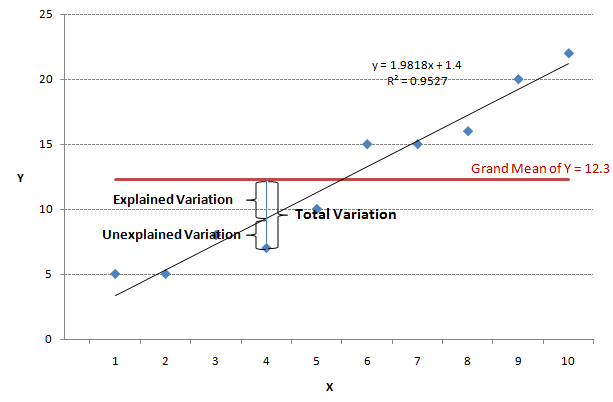

For example, when trying to predict a person’s weight given their height, would it be accurate to say that height is independent of weight? Certainly not, but that is an unintended implication of saying “independent variable.” We prefer to stay away from this nomenclature. While these other terms are not incorrect, independence is already a strictly defined concept in probability. However, those monikers imply mathematical characteristics that might not be true. Other texts may use the term independent variable instead of predictor and dependent variable in place of response. The predictor variable is used to help predict or explain the response (target, outcome) variable, \(y_i\). We use \(x_i\) as the predictor (explanatory) variable. We use \(i\) as an index, simply for notation. We have pairs of data, \((x_i, y_i)\), for \(i = 1, 2, \ldots n\), where \(n\) is the sample size of the dataset. Plot(dist ~ speed, data = cars, xlab = "Speed (in Miles Per Hour)", ylab = "Stopping Distance (in Feet)", main = "Stopping Distance vs Speed", pch = 20, cex = 2, col = "grey")




 0 kommentar(er)
0 kommentar(er)
